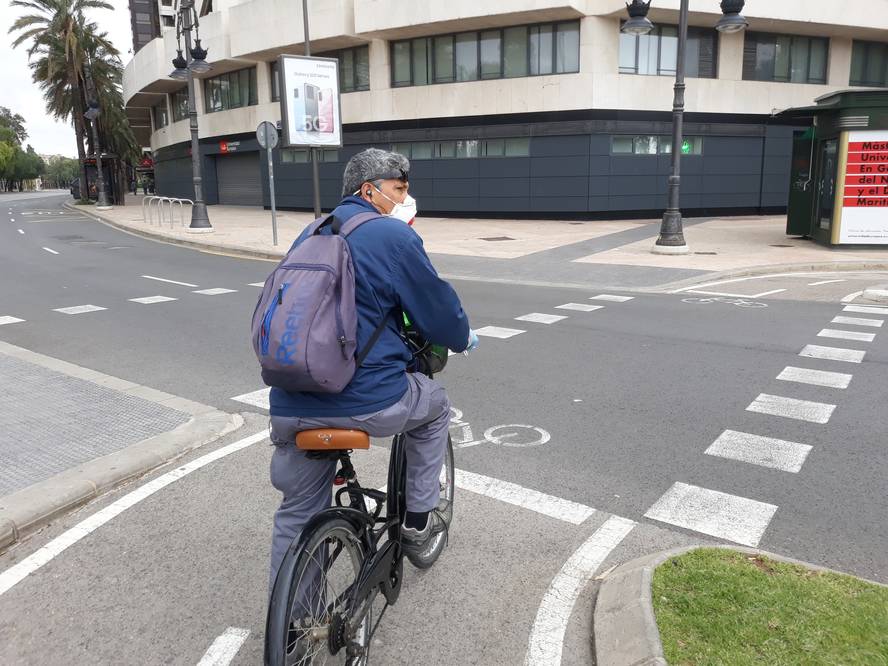The question of the mask
Posted in Berria on 4 April 2020
Only a few months have passed since the onset of the SARS-CoV-2 virus and the disease that causes it, COVID-19. It is not surprising, therefore, that those who work on them have more questions than answers, from researchers to authorities. Despite this understanding, contradictory rules and recommendations create uncertainty and uncertainty. To avoid them, transparency and prudence are the keys, but they have not always been used enough.
A clear example is the question of the mask. Even before the plague became a pandemic, in images coming from China, most people appeared masked with their nose and mouth. On the other hand, in many places in Asia it is customary to use masks to protect them from pollution, for example, because they remember other pests that have suffered, such as SARS.
But aside from customs, it is to be assumed that masks should be useful to prevent the entry of any pathogens that attacks the respiratory system, since they have been designed for it. The person who has searched for information has also easily learned that there are several types: some have filters, serve not to infect oneself, and others are simpler and do not filter viruses from the outside, but are able to stop droplets expelled by oneself and therefore prevent infection by the other.
When the plague arrived in Europe and became a pandemic, it became clear that there was not enough mask to meet the demand. Moreover, there is not enough to guarantee the safety of health personnel. As with diagnostic tests, it is logical that the existing material be redirected to those who need it most (health personnel, patients and in direct contact with them). However, confusing information has also been provided to citizens, including from official sources.
In fact, they have insisted that masks are not necessary. As the virus is transmitted through droplets that spread when coughing, as recently confirmed by the WHO, and not from the air, those responsible have confirmed that leaving room between people and washing hands and surfaces is more effective than wearing masks. They have also suggested that they can be counterproductive: that they can give a sense of fraudulent security, that there is a great risk of misuse, that they can cause stigma…
The scientific journal The Lancet analyses the recommendations of WHO and several governments on the use of the mask: China, Hong Kong, Japan, Singapore, USA, UK and Germany.
The main conclusions include: "Evidence shows that covid-19 can be transmitted before symptoms appear, that group transmission can be reduced if all people, even those who have been infected but are asymptomatic and potentially polluting, wear masks."
Most asymptomatic people do not have the possibility to know if we are infected with the virus, since there are no tests or tests to diagnose for everyone, so the most prudent thing would be that we all use masks.
But there is a problem. At the University of Navarra, 40 types of masks have been analyzed, highlighting the importance of using homologated masks. They warn that handcrafted ones offer limited protection and can generate alleged fraudulent security. They have also said that it is important to put it right: if they do not fit properly, they are useless. And there are no homologated masks for everyone.






